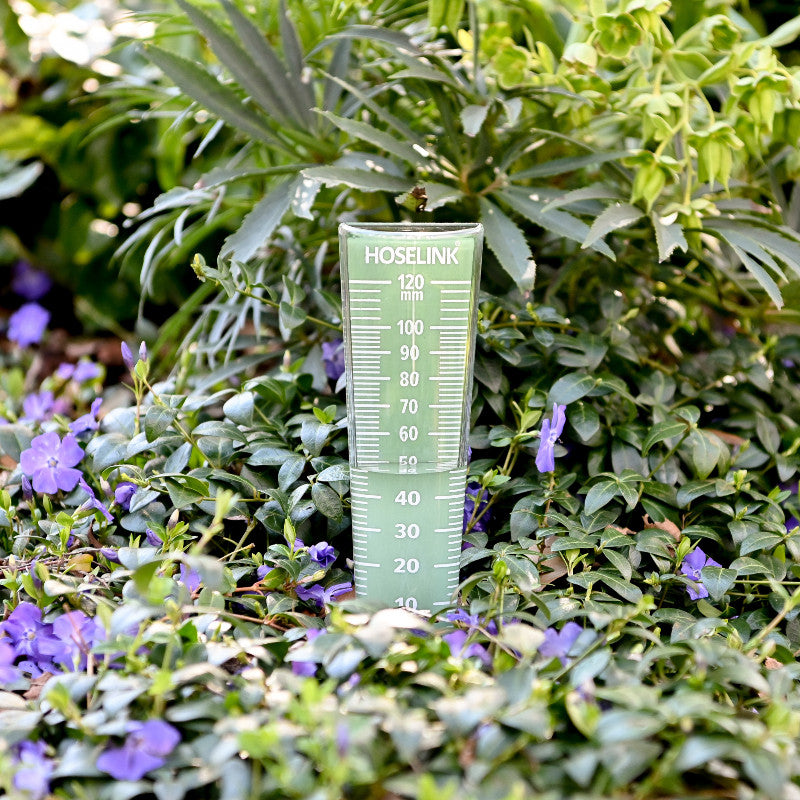Introducing the Science Behind Rain Assesses: Just How These Devices Play an Essential Duty in Environment Research Study and Environmental Monitoring
Rainfall evaluates, apparently straightforward gadgets, hold an extensive significance in the world of environment study and environmental monitoring. As we peel back the layers of this scientific veil surrounding rainfall gauges, we discover a world where accuracy, data precision, and precise observation converge to reveal a deeper understanding of our altering climate and its influence on the planet.
Value of Rain Gauges
Rainfall evaluates play a crucial duty in surveillance and determining precipitation degrees, offering necessary data for environment research and evaluation. These gadgets are basic in measuring the amount of rains that happens in a specific location over a certain duration. By determining and accumulating rainwater, rainfall assesses offer beneficial understandings into the distribution and intensity of precipitation, assisting meteorologists, hydrologists, and climatologists in recognizing weather patterns and fads.
Additionally, long-term information gathered from rainfall assesses assists in assessing climate adjustment influences and patterns, contributing dramatically to clinical research study and decision-making processes. In essence, rain assesses serve as crucial devices in the area of meteorology and ecological science, playing an important function in progressing our understanding of climate and environment dynamics.
Kinds Of Rainfall Gauges

Performance and Procedure
In the world of climate study and meteorological research studies, the efficiency of rain assesses depend on their complex capability and specific operational devices. Rain gauges are made to accurately gauge the amount of rainfall that drops over a particular area during a collection period. These devices usually are composed of a channel that accumulates rain and channels it into a gauging tube. The gauging tube is noted with adjusted measurements that allow for the precise metrology of rains.
The functionality of rain gauges is based upon the concept of accumulating and gauging rain in a standardized way. This gathered information is vital for recognizing local weather condition patterns, tracking long-term climate fads, and evaluating environmental impacts. To make sure accurate dimensions, rain determines demand to be strategically placed in open locations away from obstructions such as buildings or trees that might disrupt the collection procedure.
The functional element of rainfall evaluates involves regular maintenance to avoid debris accumulation, calibration checks to maintain measurement accuracy, and information taping for evaluation (rain gauge). Overall, the functionality and operation of rainfall assesses are essential for collecting trusted precipitation data essential to environment research study and environmental surveillance
Function in Environment Research Study
Offered the critical value of precise precipitation measurements in recognizing weather condition patterns and environmental impacts, the function of rain gauges in environment research is crucial. Rainfall evaluates give vital information for climate research by quantifying the quantity of precipitation that falls over a specific area throughout an offered period. This information is critical for keeping track of long-lasting patterns in precipitation patterns, examining the impact of climate adjustment on rains circulation, and improving environment versions.

Climate researchers utilize information collected from rain assesses to assess variants in rainfall degrees, recognize local environment trends, and review the effectiveness of water source management methods. By comparing historic rainfall data with current dimensions, researchers can spot changes in rainfall patterns, such as adjustments in the regularity or strength of see this here rainfall events. This information is essential for comprehending how climate change is affecting precipitation dynamics and can aid policymakers make notified choices regarding adaptation and mitigation methods.
Applications in Environmental Tracking

In flooding projecting, rainfall gauge information aids to track rains intensity and distribution, enabling authorities to issue timely warnings and take essential actions to minimize flood risks (rain gauge). Dry spell surveillance depends on rainfall gauge information to examine dampness levels in the dirt and track precipitation deficits, assisting in the identification of drought-prone locations and the application of dry spell feedback methods
Moreover, rainfall scale information plays an essential duty in water source monitoring by giving details on water schedule and usage fads. Additionally, in agriculture, rain gauge information helps farmers in enhancing watering routines, plant selection, and overall ranch monitoring methods based on local rainfall patterns.
Verdict
Finally, rainfall gauges are important tools for determining rainfall, offering useful information for climate research study and ecological tracking. With numerous kinds and functionalities, rain determines play an essential function in recognizing precipitation click patterns and their effect on the setting. By accurately determining rainfall, these devices add to the advancement of clinical expertise and aid in making educated choices pertaining to water source management and disaster preparedness.
Rainfall evaluates play a crucial function in monitoring and measuring precipitation degrees, supplying vital information for climate research and evaluation. browse this site The typical rain scale, known as the "tipping pail" scale, is one of the most frequently utilized tools. Ultrasonic rainfall evaluates use audio waves to identify the visibility of rain, supplying real-time data on precipitation degrees.Climate scientists utilize data accumulated from rain assesses to assess variants in precipitation degrees, identify local climate trends, and review the effectiveness of water resource administration techniques.In final thought, rain assesses are vital devices for gauging rainfall, giving beneficial data for environment research study and ecological tracking.
Comments on “Contrast the Leading Rain Gauge Versions for Accurate and Regular Analyses”